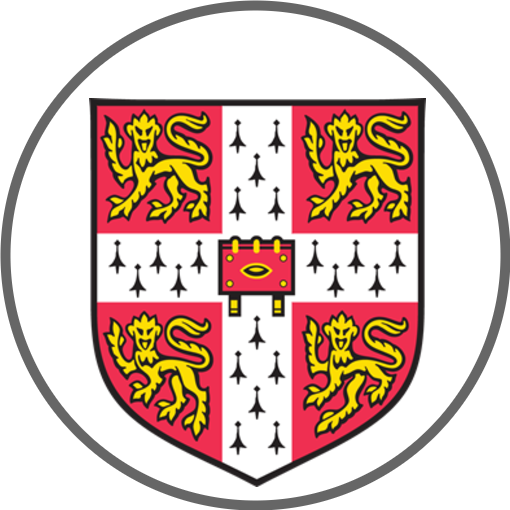
Our Research
Exploring mutational signatures in patients with inherited disorders
We ran a clinical project, Insignia, between 2013-2018, recruiting patients with DNA repair/replication defects, aging syndromes and neurodegeneration, and people who have been exposed to environmental/occupational mutagens, to gain biological insights into mutational phenomena in these patients. We have a repository of iPSCs from these patients and are studying their normal, non-cancerous cells to understand the steps that lead to their disease phenotypes.
Exploring the basis of neurodegenerative phenotypes in DNA repair disorders
We use directed differentiation to generate 2D and 3D models of different tissues from patients with DNA repair disorders and in isogenic engineered knockouts to understand the basis of acquired changes in somatic cells that lead to age-related phenomena such as neurodegeneration.
DNA damage and cellular adaptation
Mutagenesis is not necessarily disease-associated, indicating that cellular ability to preserve homeostasis in spite of exogenous DNA damage, DNA repair/replication abnormalities, physiological stresses or by-products of metabolism, is extremely high. Here, we strive to understand how human cells coordinate physiological responses to the extensive amount of damage that our DNA is exposed to.
Exploring mutational signatures in patients with inherited disorders
We ran a clinical project, Insignia, between 2013-2018, recruiting patients with DNA repair/replication defects, aging syndromes and neurodegeneration, and people who have been exposed to environmental/occupational mutagens, to gain biological insights into mutational phenomena in these patients. We have a repository of iPSCs from these patients and are studying their normal, non-cancerous cells to understand the steps that lead to their disease phenotypes.
Exploring the basis of neurodegenerative phenotypes in DNA repair disorders
We use directed differentiation to generate 2D and 3D models of different tissues from patients with DNA repair disorders and in isogenic engineered knockouts to understand the basis of acquired changes in somatic cells that lead to age-related phenomena such as neurodegeneration.
DNA damage and cellular adaptation
Mutagenesis is not necessarily disease-associated, indicating that cellular ability to preserve homeostasis in spite of exogenous DNA damage, DNA repair/replication abnormalities, physiological stresses or by-products of metabolism, is extremely high. Here, we strive to understand how human cells coordinate physiological responses to the extensive amount of damage that our DNA is exposed to.
Contact Us
Prof. Serena Nik-Zainal
Early Cancer Institute
University of Cambridge
Hutchison Research Centre
Box 197
Cambridge Biomedical Campus
Cambridge
United Kingdom
CB2 0XZ